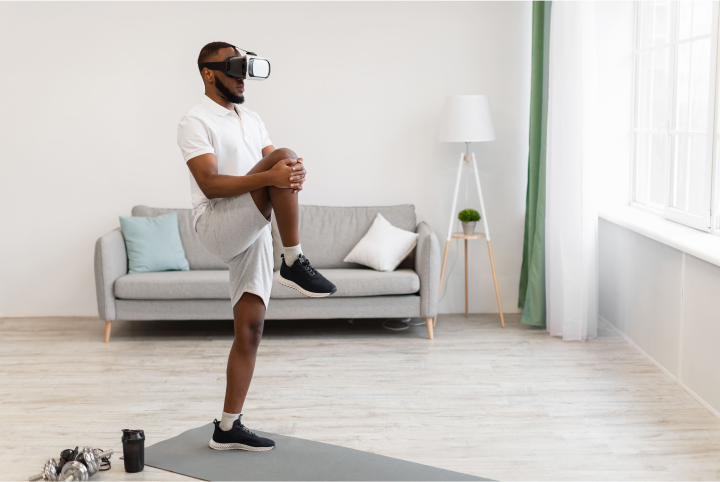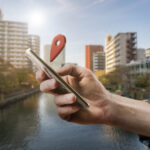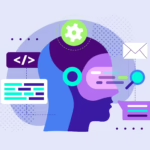Just How IoT May Change Healthcare

IOT in healthcare
Everyday we are moving a step closer towards advanced technology in the healthcare ecosystem. The internet, technological advances and the need to decrease the cost are all contributing to significant fundamental shifts in how healthcare industry works as a whole.
IoT is a growing field with a constant focus on providing the most accessible way for scouting information, creating engaging User Flows and simply how a user gets personalized, intuitive and engaging information right when they want it contextual to their location, time of the day or otherwise.
The IoT expenditure in healthcare though is very small currently but it holds the promise for future. Almost every CIO/CTO is talking about carving about a budget around IoT, giving it a major boost.
What is IoT?
Internet of Things (IoT) refers to any physical object embedded with technology capable of exchanging data through connecting multiple devices and sensors with the cloud. JARGONIZED? Are we.
Let’s simplify. IoT simply put is how technology can enable you to interact with information utilizing the power of your mobile, tablets or laptops and beyond.
Healthcare as a sector can reap the benefits utilizing this power which could make the most sophisticated hospitals a thing of passe.
IoT devices are expected to reach 25 billion by 2020, and a large number of these sensors will be embedded in medical equipment. With IoT, the way healthcare will be administered to people is going to change forever and it will create a more efficient healthcare system in terms of time, energy and cost.
Few examples of IoT in healthcare:
ECG monitors, Pulse oximeters, Headsets that measure brainwaves, clothes with sensing devices, BP monitors, glucose monitors, sensors embedded in medical equipment, surgical robots, dispensing systems, device implants or any wearable technology device.

User Experience in IoT devices
Technology is a great way to engage patients in managing their health, but poor design, whether it’s a bad interface or an app that doesn’t meet patient’s’ needs often stands in the way.
While user experience methodologies are widely used in technologically focussed industries like product design, mobile, web design, etc., user experience is a relatively new field to the healthcare industry as a whole. As the number of IoT devices is expected to grow exponentially, this presents a rich stream of opportunities for designers to deliver compelling journeys that will ultimately enhance the entire spectrum of a patient’s well-being, from preventative care to out-patient care.
How to design the next generation of IoT healthcare devices?
Focus on the new set of screens and resolutions you are working with, this requires someone to understand the domain, various form factors used and also how they relay data in terms of graphs, numbers, visuals or paragraphs. One also needs to keep focus on the medical terminology used and create experiences which are easily digestible, intuitive and user friendly.
It’s all about Empathy!
Design what users love. Interfaces which does not need a lot of action from their end. Think from your user’s perspective while you design as this approach will help you to combine experience with intricately smooth technology to develop digital experiences that are exquisitely the best.
Augment, dont replicate!
An important aspect of IoT devices is the user experience and user interface. Patients are their primary care physicians because patients have these devices on them 24 hours a day. Hence designing interfaces for devices should be based on how users will use them, not on replicating web or smartphone experience. Style and comfort are predominant features that should be the focal point of all efforts.
Avoid data avalanche!
Trying to cram features and too much information will lead to under power devices that users will quickly abandon. Users will not wear something that is clumsy or looks crude. The information pushed on these devices need to be filtered and only relevant data based on user needs should be shown.
Fine tune your design to create a visual feast for your users.
Keep it glanceable!
As a designer use your wits and design your IoT’s digital experience to showcase the information in such a manner that the user understands what it is all about in a single glance. Glanceability is more about reducing the interface down to its most basic visual feedback and showing what the user needs to see in a glance.
Use high contrast and low color
Every bit of color matters in healthcare devices. Right contrast can help in making elements easy to read and grab. Small things can create big impact. Even icons used in healthcare devices should follow the medical device standards.
Benefits of IoT in healthcare
Improved patient engagement: With the proliferation of wearables and sensors, remote patient monitoring is becoming increasingly common.
Patients can be constantly monitored at their home. These same sensors can be used to identify their needs and provide tailored services in long term care situations and especially in post operative care.
Enhanced decision making: Dynamically collecting patient data from remote sensors can aid in preventative care by detecting early warning signs of health problems.
With the boom of Fitbit and other connected fitness devices, you can make sure that you burn off enough calories for the day. You can even create your own leaderboard and decide how many steps you need to take everyday.
Convenience at patient’s doorstep: With properly designed sensors and monitoring tools, IoT offers convenience which is specially beneficial for the elderly and disabled.
Reduction in healthcare cost: The most significant impact of these at home forms of monitoring and treatment is a reduction in the cost of administering treatment.
Closing Thoughts
IoT will bring a sea change in the healthcare sector in the near future. It will take sometime till we get equipped with these devices. However, once we get there, we will have an user experience like no other, one that bridges gap between physical and digital healthcare once and for all.
One thing is for sure, the future looks bright with these IoT devices in healthcare industry.
Do you have a great idea that would fit into a IoT healthcare device? Then, we believe we should work together to convert that idea into reality. Look forward to the interactions and your thoughts!


